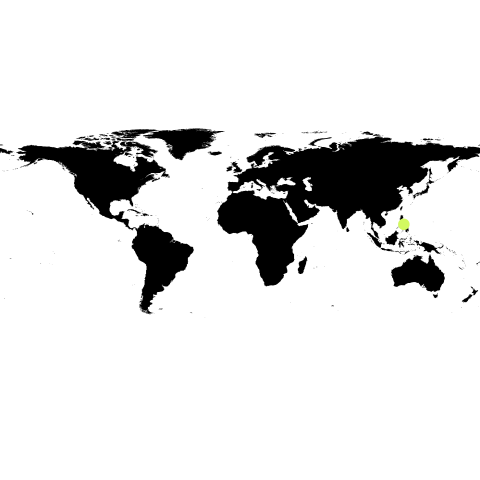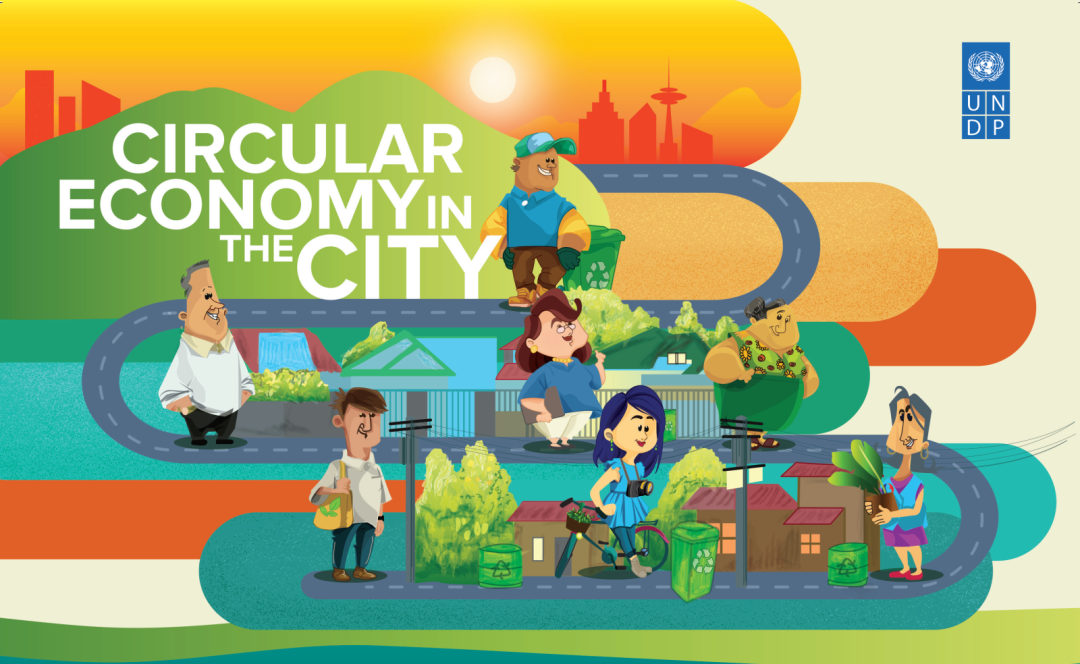Disclaimer:
Please be aware that the content herein has not been peer reviewed. It consists of personal reflections, insights, and learnings of the contributor(s). It may not be exhaustive, nor does it aim to be authoritative knowledge.
Learnings on your challenge
What are the top 5 key insights you generated about your frontier challenge during this Action Learning Plan?
1. That a combination of human-centered design and systems thinking bring diverse stakeholders towards a shared frame of reference for collective action. 2. A multistakeholder participatory approach is an effective way to drive interest, advocate for support, and generate new innovative ideas. 3. Emphasis on generating new economic development supporting COVID-19 recovery. 4. That complex challenges require shared accountability and a whole-of-city approach. 5. A good collaboration with Programme team is essential to move things forward.
Please paste the link(s) to the blog(s) that articulate the learnings on your frontier challenge.
Did you experience any barriers or bottlenecks when impacting the system, working on your frontier challenge respectively?
The following are the barriers working back : 1. National and local elections is set on May 2022. This may derail the experiments and planned experiment for 2022. 2. Multiple UNDP projects with the city may overwhelm the partner.
For this frontier challenge, how much of your time did you dedicate to the stages in the learning cycle? Please make sure that your answers adds up to 100%.
Data and Methods
Relating to your types of data, why did you chose these? What gaps in available data were these addressing?
Social innovation approaches like systemic design, a combination of systems thinking and design thinking, and rapid ethnography provided us with a way to bring together multiple stakeholders in a participatory inquiry into the systems leading towards ideation of a portfolio of interventions. Experiments also included the use of drone and satellite data for the data baselining project.
Why was it necessary to apply the above innovation method on your frontier challenge? How did these help you to unpack the system?
The primary social innovation approach we used is a phased combination of rapid ethnography, systemic design, and portfolio ideation. We are set to launch a portfolio of experiments in 2022.
Partners
If applicable, what civil society organisations did you actually work with and what did you do with them?
The rapid ethnography and systemic design approach for circular economy brought together various CSOs and community organizations, such as the Mother Earth Foundation, Save Philippine Seas, ICLEI, and the Partnership of Philippine Service Agencies
If applicable, what academic partners (and related institutions) did you actually work with and what did you do with them?
We are currently working with De La Salle University on a citizen science research to study waste in Pasig City river system and monitor them at the same time with the help of citizen science volunteers.
If applicable, what private sector partners did you actually work with and what did you do with them?
In the conduct of the participatory systemic design approach, the following private sector partners were actively involved in the process: Universal Robina Corporation (URC), RFM Corporation, San Miguel Corporation, Hotel/Food Industry Rep Retailers (SM/Robinsons), CE Start-up - CLOOP and Sari-cycle, CE Investor/Start-up - xChange, CE investor/Start-up - Core Capital/Gobi Fund, PARMS (Philippine Alliance for Recycling Materials and Sustainability), KindMind, Ashoka, PhilDev, SCALE Solutions.
If applicable, what government partners (and related institutions) did you actually work with and what did you do with them?
Pasig City, Department of Environment and Natural Resources, Department of Science and Technology, Manila Bay Task Force, DTI-Design Center of the Philippines
Relating to your answers above: who of the partners listed were new and unusual partners for UNDP, and what made them special?
New and unusual partners were mostly those from the private sector and the startup / innovation / knowledge network.
If applicable, which UN internal partners did you actually work with and what did you do with them?
End
Bonus question: How did the interplay of innovation methods, new forms of data and unusual partners enable you to learn & generate insights, that otherwise you would have not been able to achieve?
With the interplay of rapid ethnography, systemic design approach, and participatory multistakeholder approach, it allowed us to stress test how a Circular Economy might serve as a practical vision for addressing the waste challenge, particularly in the city context.
Please upload any further supporting evidence / documents / data you have produced on your frontier challenge that showcase your learnings.
The closing form saves automatically or via the blue "save changes" button the top left. Thank you


 11Sustainable cities and communities
11Sustainable cities and communities 12Responsible consumption and production
12Responsible consumption and production 14Life below water
14Life below water
Comments
Log in to add a comment or reply.